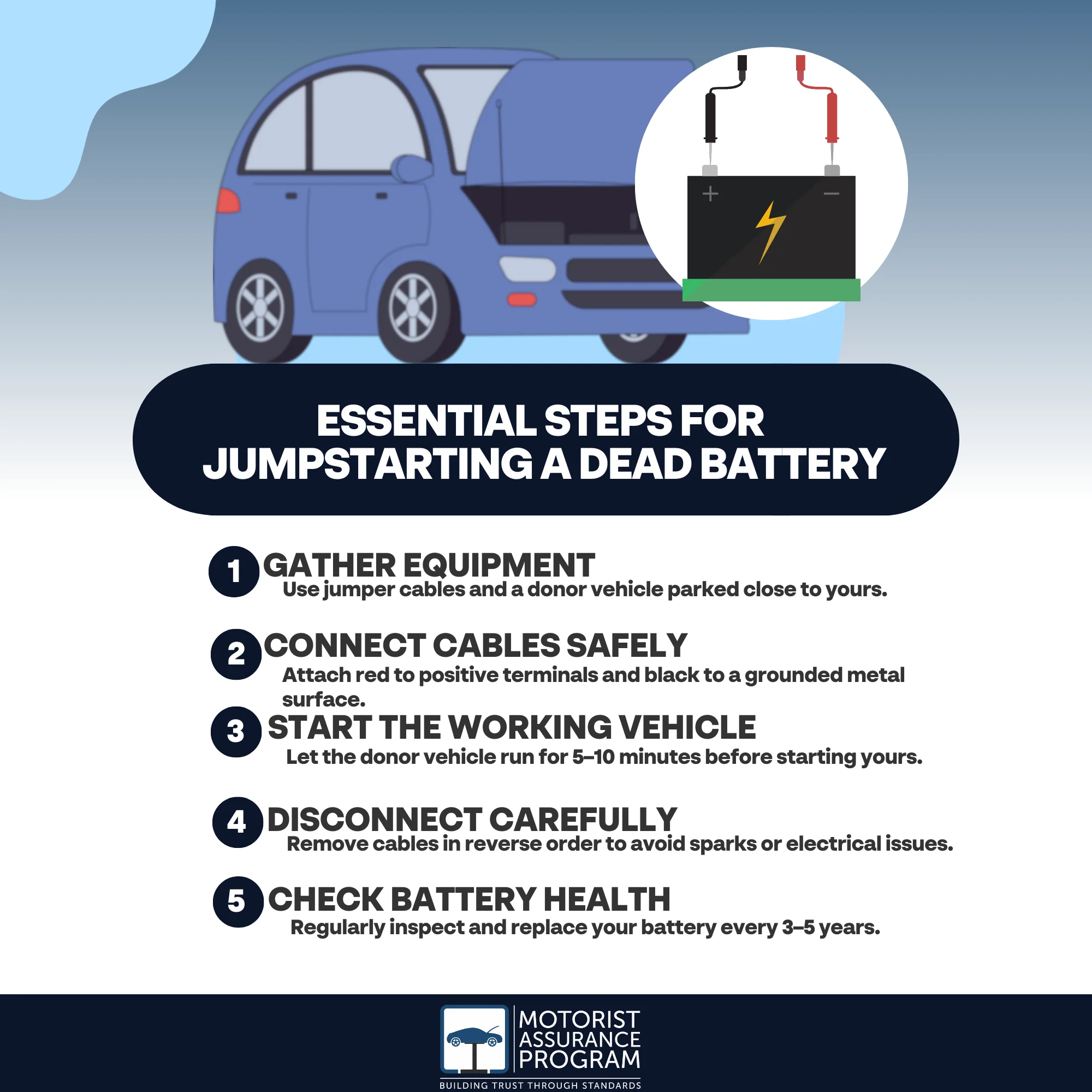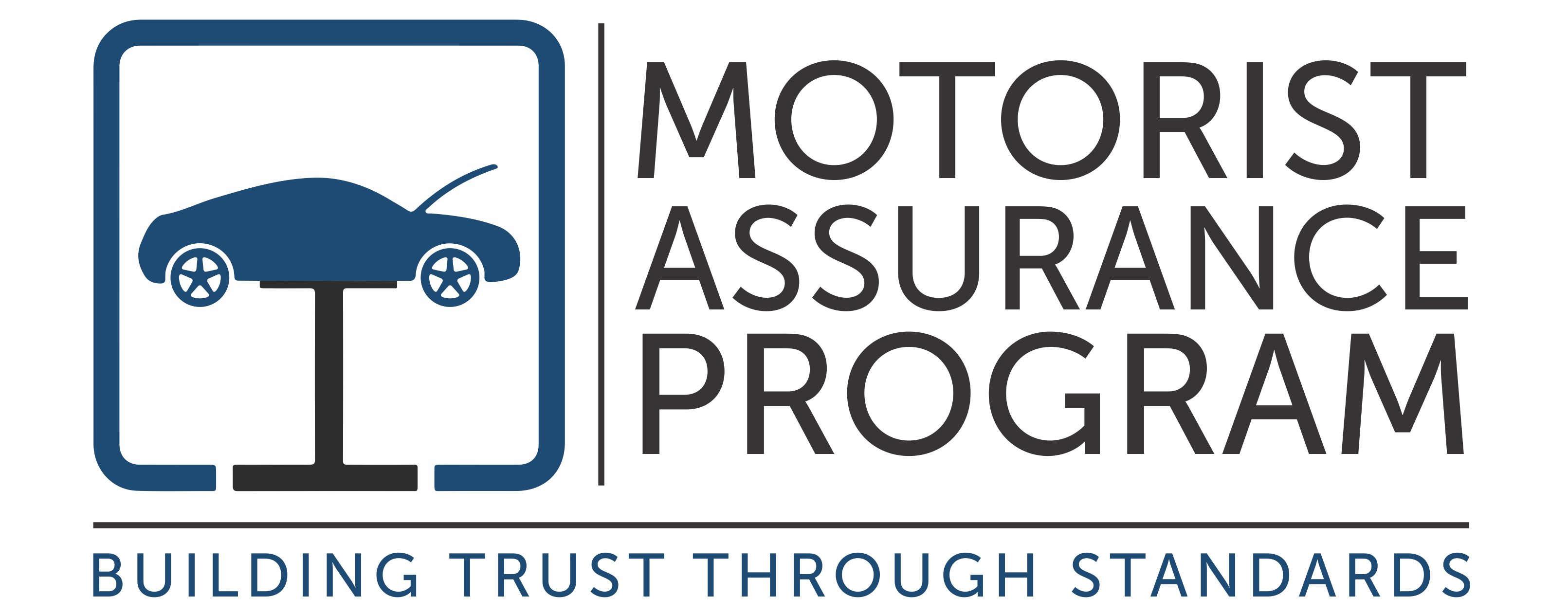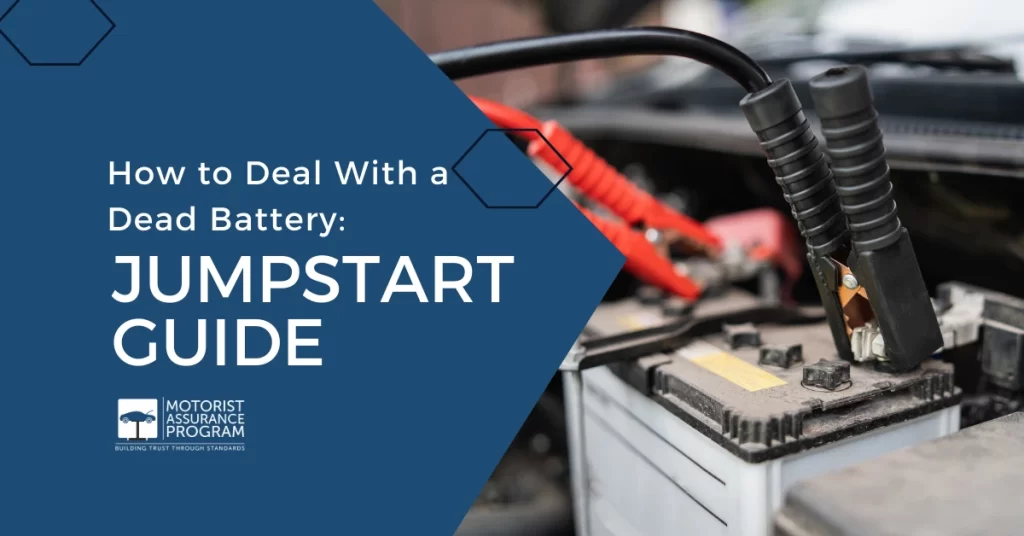When dealing with a dead battery, first, position the working vehicle close and guarantee both are in park with ignitions off. Connect jumper cables: red to positive terminals and black to the negative terminal of the dead battery, securing the other end to a grounded metal surface on the working vehicle. Start the working vehicle and let it charge for 5-10 minutes. Attempt to start the dead vehicle. If successful, keep it running for 15-20 minutes. When disconnecting, remove cables in reverse order, making sure they don’t touch. Explore essential safety tips and maintenance strategies to keep your battery in prime condition.

Key Takeaways
- Gather necessary equipment, including jumper cables and a donor vehicle, ensuring both vehicles are turned off and in park or neutral.
- Connect jumper cables securely: red to positive terminals, black to the dead battery’s negative, and a grounded metal surface on the donor vehicle.
- Start the working vehicle and let it charge the dead battery for 5-10 minutes before attempting to start the dead vehicle.
- Once the dead vehicle starts, keep it running and disconnect cables in reverse order to avoid any electrical issues.
- Regularly check battery health and terminals for corrosion, replacing the battery every 3-5 years to prevent future dead battery situations.
Bring the Engines Close
How can you effectively deal with a dead battery? First, you need to bring the engines close for the jump-starting process. Position the working vehicle so that its battery is near the dead one, ensuring both cars are in park or neutral with their ignitions off. It’s essential to avoid any metal contact between the vehicles.
Next, grab your jumper-cables. Begin by connecting one red clamp to the positive terminal of the dead battery. Attach the other red clamp to the positive terminal of the live battery. Then, connect one black clamp to the negative terminal of the live battery. Finally, attach the other black clamp to an unpainted metal surface on the dead vehicle, away from the battery. This step helps prevent sparks near the battery.
Once everything is connected, start the engine of the working vehicle and let it run for a few minutes. Afterward, try starting the vehicle with the dead battery. If it starts, carefully remove the jumper cables in reverse order. This method effectively demonstrates how to jump a dead battery with jumper cables, ensuring a safe and efficient process.
Shut off Power
Before attempting to jump-start a dead battery, it’s crucial to shut off all electrical systems in the vehicle. This includes turning off the radio, lights, air conditioning, and any other accessories. Not only does this prevent additional drain on the dead battery, but it also minimizes the risk of electrical surges that could damage sensitive components during the jump-start process.
Follow these steps for jump-starting a dead battery effectively: First, verify both vehicles are in park or neutral with the engines off. Next, locate the battery terminals and clean off any corrosion if necessary. After confirming the terminals are clear, disconnect any accessories you may have inadvertently left on. This preparation guarantees that your vehicle is ready for the jump and reduces the chances of complications during the jump-start.
Connect Positive to Positive
After validating both vehicles are properly positioned and the engines are off, the next step is to connect the jumper cables. You’ll want to focus on the positive terminals first. Follow these steps carefully to successfully jump-start a dead battery:
- Identify the positive terminal**: Look for a ‘+’ symbol or red color on both batteries.
- Attach the red cable**: Connect one end of the red jumper cable to the positive terminal of the dead battery.
- Connect to the working battery**: Take the other end of the red cable and attach it to the positive terminal of the working battery.
- Double-check your connections: Verify the cables are securely attached and aren’t touching any metal parts of either vehicle.
When jumping a dead battery, which car do you start first? Always start with the working vehicle to avoid any electrical issues. Once you’ve completed these connections, you can proceed to start the working vehicle and then attempt to start the dead one. This process is essential for guaranteeing a safe and effective jump-start.
Connect Negative to Negative
Next, you’ll want to connect the negative terminals of both batteries to complete the jump-start process. This step is vital in the jumping a dead battery steps. Take the negative cable—usually black—and attach one end to the negative terminal of the dead battery. Confirm the connection is secure and free from corrosion.
Once that’s done, connect the other end of the negative cable to a grounded metal surface on the working vehicle. This could be a bolt or a clean, unpainted area of the engine block. Avoid connecting directly to the negative terminal of the working battery, as this could create a spark and lead to dangerous situations.
Following the jumping dead battery order is essential; connecting the negative cable correctly helps prevent electrical surges and protects both vehicles. After you’ve securely connected the negative terminals, double-check all connections to verify they’re tight.
Now that you’ve completed this step, you’re ready to start the working vehicle and let it run for a few minutes, allowing the dead battery to charge. Stay focused on each step for a successful jump-start.
Safety First
Once you’ve connected the negative terminals, it’s time to prioritize safety during the jump-start process. Jump-starting a dead battery can be straightforward, but neglecting safety can lead to dangerous situations. Here’s what you need to keep in mind:
- Wear Protective Gear: Always wear gloves and safety glasses. Batteries can emit harmful gasses or even explode.
- Check for Damage: Inspect both batteries for cracks or leaks. If you notice any, don’t attempt to jump-start a dead battery.
- Avoid Metal Contact: Verify that the jumper cables don’t touch each other or any metal surfaces while connected. This prevents short-circuiting.
- Stay Clear of Moving Parts: Keep your hands and clothing away from the engine’s moving components. A sudden movement can cause injury.
Start the Working Car
To effectively start the working car, guarantee that the booster cables are securely connected: the red cable to the positive terminal of the dead battery and the other end to the positive terminal of the working battery. Next, connect the black cable to the negative terminal of the working battery. Then, attach the other end of the black cable to an unpainted metal surface on the dead car, ideally away from the battery. This reduces the risk of sparks igniting any hydrogen gas that may have accumulated.
Once you’ve confirmed the connections, start the working car. Allow it to run for a few minutes to charge the dead battery. This step is essential for effectively jumping a completely dead battery, as it provides necessary power to revive it.
After a few minutes, try starting the dead car. If it doesn’t start, wait a little longer before attempting again. If you’re still asking yourself, “Can I jump-start a dead battery?”—yes, with the proper connections and patience, you can. If the dead battery still won’t hold a charge, consider replacing it.
Start your Car
After successfully jump-starting a dead battery, you can proceed to start your car. First, verify the jumper cables are still connected properly. Now, follow these steps to start your vehicle effectively:
- Turn the key in the ignition: With your foot on the brake, turn the key to the “start” position and hold it there for a few seconds. If your engine doesn’t start after a few attempts, wait a minute before trying again.
- Listen for sounds: Pay attention to the engine’s response. A clicking sound indicates insufficient power from the jump. You may need to wait longer to allow the dead battery to charge.
- Check battery connections: Confirm all connections are secure. A loose connection can prevent your vehicle from starting.
- Monitor the time: Remember, when jump-starting a vehicle that has a dead battery, it usually takes around 5-10 minutes for the working battery to transfer enough power.
Once your car starts, let it run for at least 15-20 minutes to recharge the dead battery sufficiently. This is essential for long-term vehicle reliability.
Disconnect the Cables:
It’s essential to carefully disconnect the jumper cables after your vehicle starts, as improper handling can lead to sparks or electrical issues. Begin by turning off the donor vehicle‘s engine. Always remove the negative (-) cable first, starting from your vehicle. This reduces the risk of shorting out the battery. Next, disconnect the negative (-) cable from the donor vehicle.
Now, move on to the positive (+) cables. Disconnect the positive (+) cable from your vehicle first, followed by the positive (+) cable from the donor vehicle. Make certain the cables don’t touch each other or any metal parts during this process.
In general, it takes about 5 to 10 minutes to jump a dead battery, so confirm that the connections remain secure throughout this time. After disconnecting the cables, keep your vehicle running for at least 20 minutes to recharge the battery.
Frequently Asked Questions
How Can I Tell if My Battery Is Dead?
To determine if your battery’s dead, check for dim headlights, unresponsive electrical components, or slow engine cranking. If these signs appear, your battery likely needs charging or replacement to restore functionality.
What Tools Do I Need for Jump-starting a Car?
You’ll need jumper cables, a working vehicle, and safety gear like gloves and goggles. Confirm the cables are in good condition, as proper tools are essential for a successful and safe jumpstart process.
Can I Jump-start a Car in the Rain?
Yes, you can jumpstart a car in the rain, but take precautions. Verify connections are secure, avoid water contact with terminals, and stand clear of any puddles. Your safety should always be the priority.
How Long Should I Run the Working Car?
Think of your working car as a lifeline. You should let it run for about 15 to 30 minutes, ensuring the dead battery receives enough charge to restart reliably. Monitor the voltage for best results.
What if My Car Still Won’t Start After a Jump?
If your car still won’t start after a jump, check the battery connections for corrosion, inspect the fuses, and consider a faulty starter or alternator. You might need professional assistance for further diagnosis and repair.
Conclusion
Now that you know how to jumpstart your car, you’re better equipped to handle a dead battery situation. Imagine you’re late for an important meeting, but your car won’t start. With these steps, you quickly connect the jumper cables and revive your battery, getting you back on the road in no time. Remember, being prepared and having these skills at your fingertips can turn a frustrating moment into a minor inconvenience. Safe travels!


